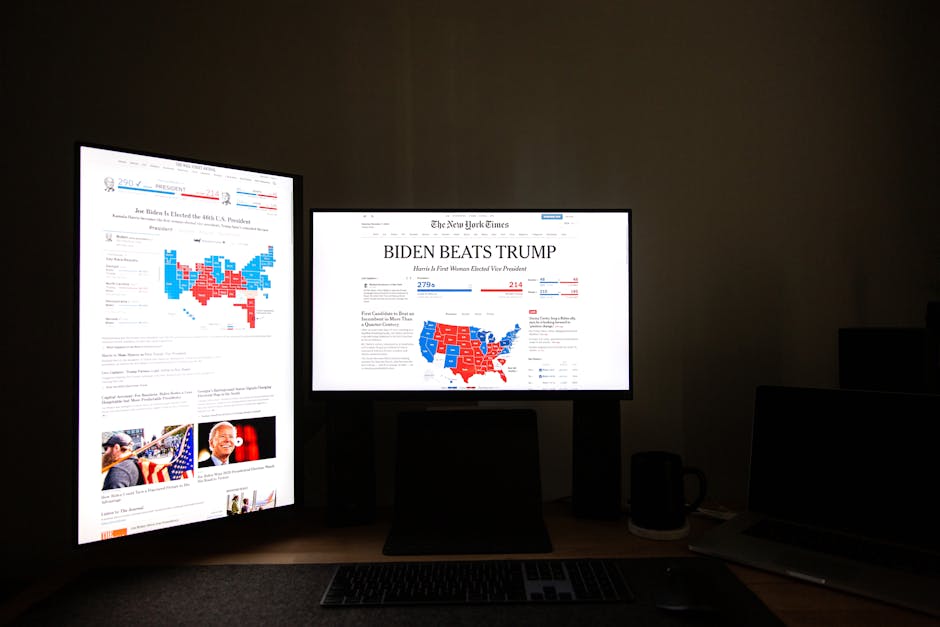**
For the past eighteen months, Nvidia has been a phenomenon. As the undisputed king of the Artificial Intelligence revolution, its powerful chips have become the new gold standard, powering everything from chatbots to groundbreaking research. For investors worldwide, Nvidia has felt like a one-way ticket to prosperity, cementing its status as the darling of Wall Street.
But amidst the widespread acclaim, a prominent Wall Street analyst is sounding a stark alarm. David Steinberg, a senior analyst at the influential firm Veritas Capital Insights, has released a report arguing that Nvidia is facing serious trouble in the form of a “perfect storm” of challenges that could threaten its market dominance.
“The market is pricing Nvidia for eternal, unassailable perfection,” Steinberg wrote in his report. “But the ground is shifting beneath their feet. The era of a near-monopoly is coming to a close, and the consequences could be severe.”
Steinberg’s warning rests on three core pillars that challenge the company’s seemingly unstoppable growth.
Threat 1: Big Tech’s ‘Frenemy’ Rebellion
Nvidia’s biggest customers could soon become its biggest threat. Tech behemoths like Google, Microsoft, Amazon, and Meta have been purchasing Nvidia GPUs by the tens of thousands. Now, they are aggressively developing their own in-house AI chips to reduce their costly dependence on a single supplier.
Google has its TPUs, Amazon has Trainium and Inferentia, and Microsoft recently unveiled its Maia AI accelerator. Their goal is clear: customize hardware for their specific needs and control their own technological destiny. As these internal projects mature, a significant portion of Nvidia’s core revenue stream could be at risk.
Threat 2: AMD and Intel Close the Gap
For years, competitors like AMD and Intel have been playing catch-up in the AI space. According to the analyst’s warning, that gap is now closing. AMD’s new MI300X chip is being positioned as a powerful and, crucially, more cost-effective alternative to Nvidia’s flagship H100.
Tech giants are eager for a viable second supplier to increase their bargaining power and diversify their supply chain. While Nvidia’s CUDA software platform remains a powerful competitive advantage, the sheer demand for AI processing means that “good enough” and “available now” chips from rivals could begin to erode Nvidia’s market share.
Threat 3: The Unsustainable AI ‘Gold Rush’
Steinberg draws a parallel to the Gold Rush, where the biggest fortunes were made not by miners but by those selling shovels. Nvidia has been the ultimate shovel-seller of the AI era. But what happens when the frantic digging for AI infrastructure slows down?
The current level of demand, driven by a global race to build AI capacity, may be unsustainable. Steinberg’s analysis points to a potential “demand cliff” where companies, having established their initial infrastructure, significantly scale back their purchases. With Nvidia’s stock valuation at historic highs, any sign of slowing growth could trigger a massive market correction.
Is Nvidia’s Reign Really Over?
Of course, betting against Nvidia has been a losing game. The company, led by visionary CEO Jensen Huang, continues to innovate at a blistering pace. Its next-generation Blackwell platform promises another leap in performance, and its software ecosystem is deeply entrenched within the developer community.
However, this Wall Street analyst’s report serves as a sobering reminder that no kingdom is forever in the fast-moving tech sector. For the millions of investors who have pinned their hopes on this juggernaut, it’s a call for caution. The party has been incredible, but the conversation on Wall Street is shifting to whether the music is about to stop.
**




